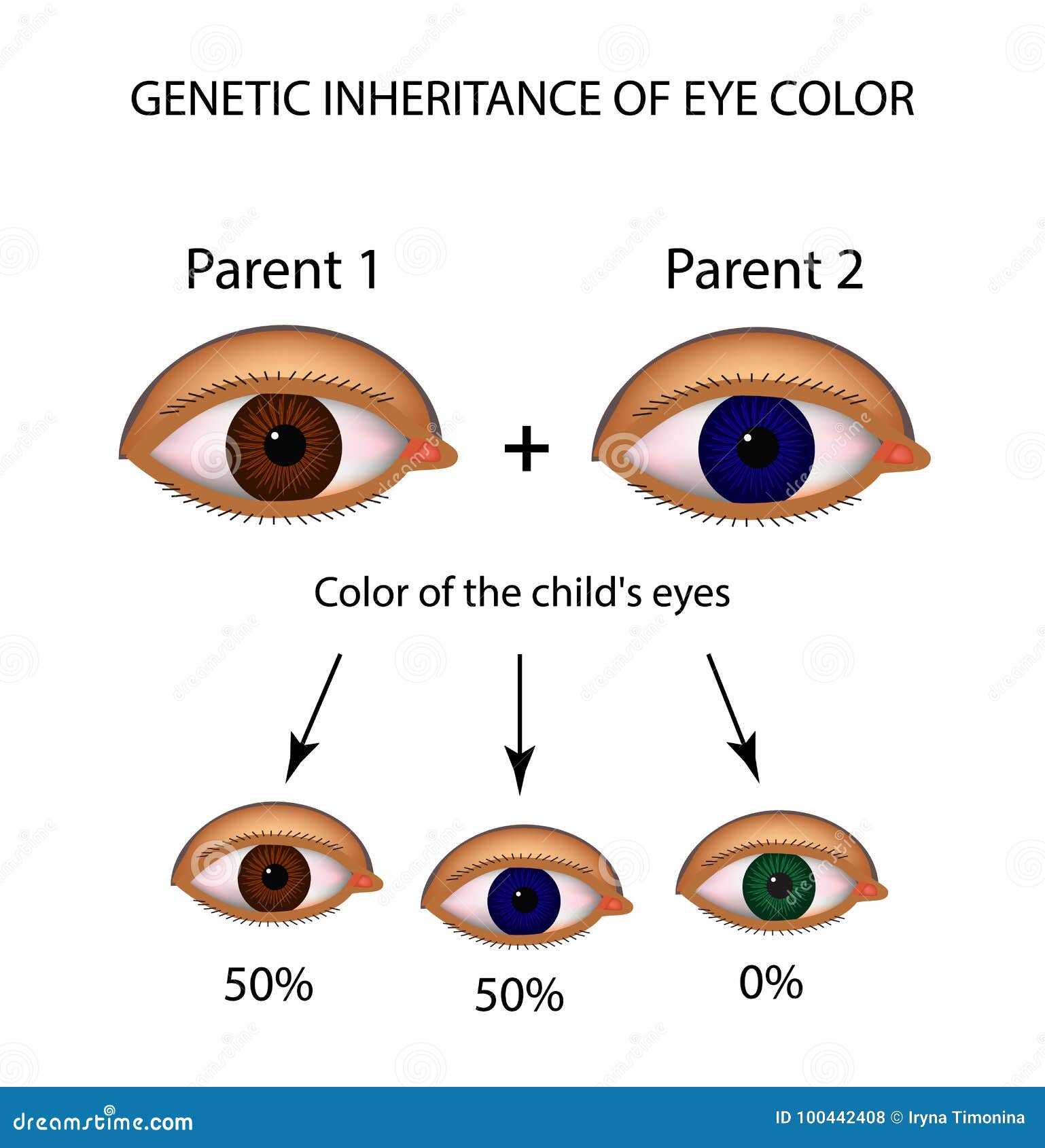The Mystery of Blue Eyes in India: Unraveling a Genetic Enigma
The Mystery of Blue Eyes in India: Unraveling a Genetic Enigma

India, a land of diverse cultures and vibrant traditions, is also home to a fascinating array of physical characteristics. While the majority of Indians possess dark hair and brown eyes, a small percentage boast an unexpected trait: blue eyes. This intriguing phenomenon has sparked curiosity and speculation for generations, leading to a rich tapestry of myths and scientific explanations.
The Genetics of Eye Color: A Complex Symphony
Related Articles: The Mystery of Blue Eyes in India: Unraveling a Genetic Enigma
- The Richest Native American: A Journey Through Wealth And Legacy
- The San Manuel Band Of Mission Indians: A Legacy Of Resilience And Prosperity
- Mescalero Cabins Campground: Picture Perfect Escapes In The Heart Of New Mexico
- The Blue-Eyed Mystery: Unveiling The Genetics Behind Indian Eye Color
- The Seminole Tribe Of Florida: A Legacy Of Resilience And Wealth
Eye color, a captivating trait that adds to our individual uniqueness, is determined by the intricate interplay of genes. The primary gene responsible for eye color is the OCA2 gene, located on chromosome 15. This gene produces a protein called P protein, which plays a crucial role in the production of melanin, the pigment responsible for skin, hair, and eye color.
The OCA2 gene comes in various forms, known as alleles. Different alleles produce varying amounts of melanin, resulting in a spectrum of eye colors, from dark brown to light blue. The HERC2 gene, located on chromosome 15, also plays a crucial role in eye color determination. It acts as a "switch" for the OCA2 gene, influencing the amount of melanin produced.
The Blue-Eyed Enigma in India: A Journey Through History and Science
The presence of blue eyes in India, while not as common as in other parts of the world, is a testament to the country’s rich genetic heritage. Several factors contribute to this phenomenon:
-
Ancient Migrations: India has witnessed numerous waves of migrations throughout its history, with people from various regions of the world settling in different parts of the country. These migrations brought with them diverse genetic traits, including the genes responsible for blue eyes.
-
Genetic Drift: Over time, genetic drift, the random fluctuation of gene frequencies within a population, can lead to the emergence of rare traits like blue eyes in specific regions.
-
Assortative Mating: The preference for marrying within specific communities, a common practice in India, can also contribute to the concentration of certain genetic traits, including blue eyes, within those communities.

-
Recent Discoveries: Research suggests that blue eyes are not always directly linked to European ancestry. Recent studies have identified a specific mutation in the OCA2 gene, known as HERC2-rs12913832, which is associated with blue eyes in people of diverse ethnicities, including Indians. This mutation, which likely arose independently in different populations, highlights the complex and fascinating nature of human genetics.


Blue Eyes in Indian Culture: Beyond the Physical
Beyond the scientific explanation, blue eyes in India hold cultural significance, often intertwined with folklore and mythology. In some communities, blue eyes are associated with beauty, power, and even divinity.
-
The "Neelkanth" Myth: In Hindu mythology, Lord Shiva, a deity associated with destruction and creation, is often depicted with a blue throat, known as "Neelkanth." This association with the color blue has led to a belief that individuals with blue eyes possess a divine connection or are blessed with special powers.
-
The "Nilakantha" Tradition: In some parts of South India, particularly in Kerala, individuals with blue eyes are referred to as "Nilakantha," meaning "blue-throated." This tradition is associated with the belief that blue eyes are a sign of good luck and prosperity.
-
The "Kailash" Connection: The Kailash mountain range in the Himalayas, considered a sacred site in Hinduism, is often associated with the color blue. This association has led to a belief that individuals with blue eyes have a special connection to this sacred land.
The Future of Blue Eyes in India: A Story of Diversity
The presence of blue eyes in India is a reminder of the country’s rich genetic diversity and the complex tapestry of human history. As India continues to evolve, its genetic landscape will continue to shift, leading to new and unexpected combinations of traits.
FAQs about Indian with Blue Eyes:
Q: Are blue eyes more common in certain parts of India?
A: While blue eyes are relatively rare in India, they are more prevalent in certain communities, particularly those with a history of migration from regions where blue eyes are common, such as the northwestern regions bordering Pakistan and Afghanistan.
Q: Can blue eyes be a result of interracial marriage?
A: Yes, blue eyes can be a result of interracial marriage, as the genes responsible for eye color can be passed down from either parent. However, it’s important to note that blue eyes can also appear in individuals with no known European ancestry, due to the independent evolution of the HERC2-rs12913832 mutation in different populations.
Q: Are there any health implications associated with blue eyes in India?
A: There are no known health implications specifically associated with blue eyes in India. However, as with any genetic trait, there may be a slight predisposition to certain conditions, but this is not specific to blue eyes and applies to individuals of all ethnicities.
Q: What is the future of blue eyes in India?
A: The future of blue eyes in India is uncertain. With increasing globalization and interracial marriages, the frequency of blue eyes may increase. However, genetic drift and other evolutionary factors may also play a role in shaping the genetic landscape of India in the coming years.
Conclusion:
The presence of blue eyes in India is a captivating example of the diversity of human genetics. While it may be a rare trait, it is a testament to the country’s rich history, cultural heritage, and the complex interplay of genes. As we continue to unravel the mysteries of human genetics, the story of blue eyes in India will continue to fascinate and inspire.

Closure
Thus, we hope this article has provided valuable insights into The Mystery of Blue Eyes in India: Unraveling a Genetic Enigma. We thank you for taking the time to read this article. See you in our next article!


